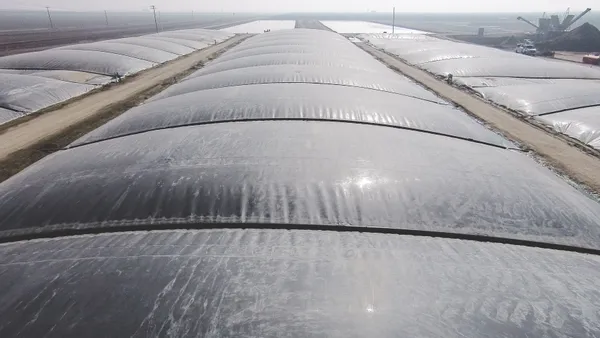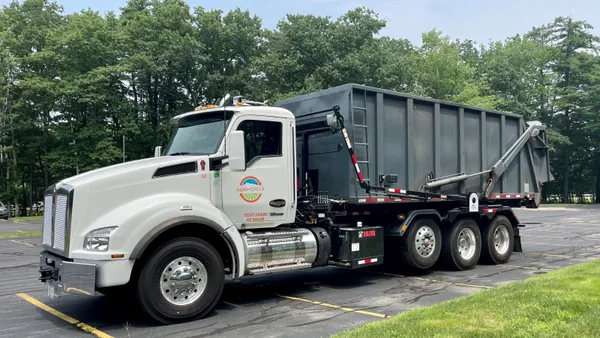As more state and local governments consider food waste bans or recycling mandates, those that have paved the way are recommending a close look at the data to ensure sound policymaking.
During a recent webinar hosted by The Composting Collaborative, speakers from California, Oregon and Massachusetts emphasized the importance of developing a data-based estimation methodology to determine the potential amount of recoverable food as accurately as possible. They also discussed using data to determine a region's processing infrastructure and capacity prior to implementing policies.
Last July, the Metro Council (Metro), a regional governing body in Portland, Oregon, approved an ordinance requiring municipalities to enforce source-separation of food scraps from commercial and institutional generators for donation or processing. Metro wanted to find out how much food each of the business types generated before approving the phased-in program.
"This information would be used to plan everything: who was in the program, when they would be phased in, on-site equipment needs, budgeting and risk assessment, the potential impacts on our existing collection and transfer system, how many tons would we need to plan to process and how would we measure progress," said Jennifer Erickson, senior planner at Metro.
Metro took a look at what other governments had done, but "surprisingly, we found no other jurisdiction that had done any kind of tonnage capture estimation during the program planning stages prior to [policy] implementation," Erickson said. "How can you implement a program with no potential understanding of impact or infrastructure needs?"
Metro gathered and combined available state and federal data, including business-specific information, to create six main business classifications. It also collected confidential employment data to determine the annual food scrap generation per employee, on a per ton basis, by business type.
The data helped Metro decide if a food waste disposal ban was necessary and then allowed leaders to set collection benchmarks, decide which businesses should be phased in first and assess regional transfer and processing capacity needs. The data also informed decision-making about compliance monitoring, performance monitoring and program effectiveness.
Agencies have found success with using available data to determine a region's processing and hauling capacity in order to accurately anticipate necessary infrastructure and service alterations. The Massachusetts Solid Waste Master Plan includes the 2020 goal of increasing food material diversion by 350,000 tons a year over 2008 levels. The state Department of Environmental Protection (MassDEP) set out to analyze where additional capacity existed to meet the expanded goals.
MassDEP mainly focused on anaerobic digestion, composting, animal feed and food donations to find areas for future growth, uncovering more than 250,000 tons per year of potential capacity. It also examined collection data and discovered a 70% growth in the number of entities contracting with haulers for separate food scrap service since 2014.
"As we've seen with other recyclable materials like cardboard, [just having collection services] doesn't guarantee compliance or diversion ... but it's obviously very important and a starting point for ensuring compliance," said John Fischer, MassDEP's branch chief of commercial waste reduction and waste planning.
The need for additional processing capacity and infrastructure is also a major challenge when it comes to meeting food waste diversion goals, said Tim Hall, senior environmental scientist at the California Department of Resources Recycling and Recovery (CalRecycle). Infrastructure development is often expensive; thus, carefully calculating existing resources and future needs can keep costs down and more efficiently improve diversion programs.










